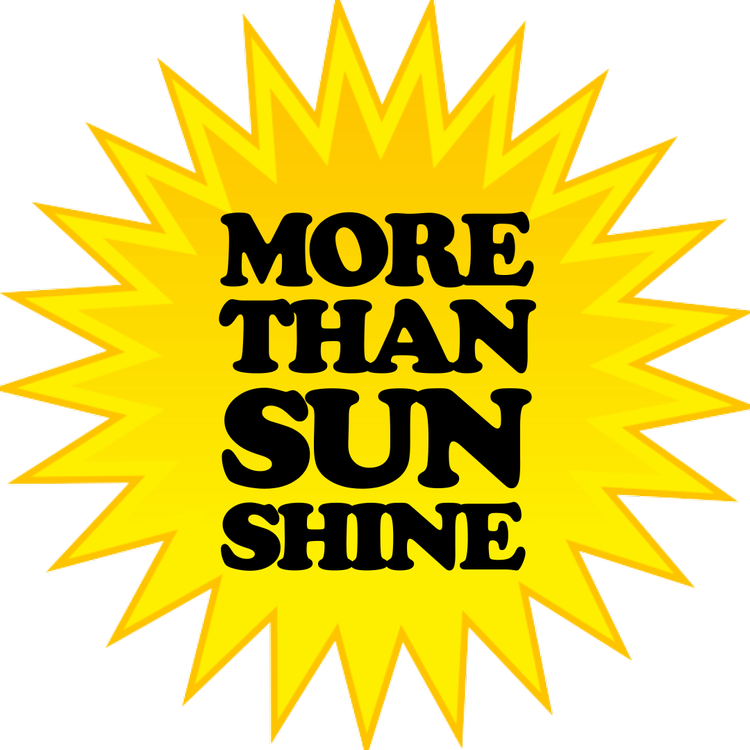Current Research
THE SELF-IMAGE OF THE CITY
The role and power of urban narrative at Australia’s Gold Coast
In the wake of hosting of the 2018 Commonwealth Games, a prevailing assertion in Gold Coast news media was that the city had finally ‘come of age’ with the widespread international recognition it had attracted. And yet, still, no one seems quite sure what that means for the city, or how to articulate it in more than superficial terms. What is without question, however, is that this is an unconventional city with a complex identity that eludes conventional classification.
Most Australians have an opinion or story about the Gold Coast, which, if prompted, they are only too willing to share; particularly if it can be couched in larrikin humour. But as a general rule, people don’t think much about its qualities as an urban phenomenon, not deeply anyway. From cultural perspectives, this has been left to cultural theory scholars as ‘empathetic outsiders’ (Relph 1976, 2018); however, few of these have concentrated on the Gold Coast as their primary subject of examination.
It is regularly surmised in local conversations that a reason why the Gold Coast is hard to characterise is because it doesn’t stand still for long enough to be analysed. Data from the 2016 census affirms the Gold Coast’s rapid and sustained growth rate has exceeded projections - and any other Australian city. As a big city in 2018, with a population approaching 600,000, there is a creeping sense of stability and normalisation typical of other conventional large cities.
This presents a strange paradox for the city, whose distinctly playful and transient character - along with sunshine, golden beaches and green mountains - has been its competitive advantage as a tourism and lifestyle destination. Since the turn of this century, Gold Coast promotional strategies for tourism and investment attraction have increasingly sought to extend its image beyond just being a place to have fun, to include its attributes as a place for business and, more recently, for study in our expanding education sector.
All city promotions obscure the complexity of forces at play in an urban setting. They seldom purvey false representations, but they neglect contradictions and nuance, resulting in their failure to convey authentic understandings of their city’s identity.
At the Gold Coast, where there has been little cultural infrastructure or community tradition and facility to bring image-revealing counter-narrative to the situation, boosterish narratives have been enabled to prevail.
For example, at the Gold Coast there is loud praise for the current construction boom along the coastal strip with buildings taller and denser than most people ever imagined. Yet voices of residents being affected by this massive change are not solicited, and their perspectives are overpowered. Conversely, the significant impact of increasing suburban ordinariness on the image of the city is masked by omission in city branding and destination marketing strategies.
On 22 March 2018, The Betoota Advocate’s Instagram site posted the message: ’Did You Know? There’s Actually A Community Of People Who Live On The Gold Coast Full-Time’. Of course, this comment is satirical, but it also recognises the substantial resident population of the city who could be enabled to participate in defining the image of their city.
If you were to ask the City of Gold Coast to define itself you might expect to be shown its brand statement that distils the city’s personality to about 100 words in fun and cheeky prose, culminating with the punch line: ‘I am the Gold Coast. Full Stop!’ City branding is a familiar and valid trope for tourism promotion and investment attraction. However, that approach alone is not adequate to represent the richness of this, or any city’s cultural landscape. The brand strategy invites further production of Gold Coast Stories but this requires facility and incentive to foster more citizen story writing and telling, for deeper narratives of the city to eventuate.
Marrying this idea to Clifford Geertz’s widely accepted definition of culture as ’the ensemble of stories we tell ourselves about ourselves’, then to cultivate an original culture it seems we could simply start telling more stories about this place and our connections to it. Eventually, as our narrative evolves, our identity will become the stories we keep repeating.
This research will examine the nature of narrative and its role and power to influence urban development and the self-image of the city. It will also identify potential for narrative to be hijacked and perverted and explore how to mitigate against this. Propagandist, Joseph Goebbels famously said, ’A lie told once remains a lie but a lie told a thousand times becomes the truth.’
It is my hypothesis that, in addition to preserving its public, documented history, as many individual voices as possible should be involved in telling Gold Coast Stories, so that an authentic, pluralistic narrative forms the city’s true identity and distortions are not able to predominate. And the more we all tell stories about what it is like to live here, the more distinctive will be our sense of this place.

